The “Holy, Not Whore” Series Pt. 2: The Goddesses They Tried To Erase
The Wild Woman arrives when silence has cost too much.
History has been rewritten to make it seem like the divine was always male. That creation began with a man’s word, a man’s will, a man’s seed. Not because women were irrelevant, but because what the feminine awakens is powerful.
Once patriarchal systems took control, goddesses were gradually pushed out of creation story. Their names were erased. Their roles distorted. Their rituals condemned. What was once honored became taboo.
To control a population, you must first control its cosmology. And to do that, you must erase the face of the divine that looks like her.
What It Meant To Be A Goddess Or A Priestess
A woman didn’t just claim the title of goddess. In many traditions, she was seen as a living expression of divine energy, chosen through visions, signs, or community recognition. Every woman holds the blueprint, but not all were trained to carry it in full.
The goddess is the force. The priestess is the one trained to serve it.
The priestess lived this work. She was initiated through solitude, ritual, mastery, and years of discipline. She didn’t just "channel energy", she understood how to work with it.
A master of the elements – She knew how to work with water, herbs, fire, rhythm, sex, breath, and blood. The Great Cosmic Mother by Monica Sjöö and Barbara Mor goes deeper.
An initiator – She helped people cross major thresholds, birth, death, grief, healing, transformation. In The Cult of Divine Birth In Ancient Greece, Marguerite Rigoglioso documents priestess lineages.
A spiritual channel – She saw beyond what others could see and didn’t need outside validation to speak.
A mirror – She showed people what they needed to face, not what they wanted to hear. Some came to her for healing. Some couldn’t handle her at all.
What Really Happened In Ancient Goddess Temples
Most people hear the word temple and think of stone buildings, incense, and men chanting in robes. But goddess temples were different. They were living sanctuaries, aligned with the stars, designed with sacred geometry, built to support transformation of the body and soul.
Some were funded by communities or kings. Others were run by priestess orders that trained generations of women.
In Sumer - ziggurats were built for Inanna, huge temple towers used for political, spiritual, and healing purposes.
In Egypt - temples to Hathor and Isis were aligned with the stars and solstices, and contained birthing rooms, sound chambers, and sacred ritual spaces.
In India - Shakti and Kali temples were built on energetic hot spots, places known for spiritual intensity.
In Greece - temples to Aphrodite were placed overlooking the sea, reflecting her connection to beauty, flow, and life force.
Inside these temples, women led:
Dance and sound rituals - led by trained women like the shemayet (Egypt) or hierodules (Mesopotamia).
Healing practices using herbs, oils, chants, and touch.
Dream work, divination, astrology, midwifery - all passed down through priestess lineages.
Men couldn’t simply walk into these spaces or lay with a priestess. Access required preparation, ritual, purification, fasting, and spiritual readiness.
In some cultures, kings could not rule without undergoing sacred union (hieros gamos) with a priestess.
He had to be spiritually “received” by the goddess (through her embodied representative) before he could rule or access sacred knowledge.
In Mesopotamian, Egyptian, and Tantric traditions, a woman’s blessing was not optional, it was a requirement.
Even without formal training, modern women are building their own temples, in their homes, in their bodies, in their businesses, and in their rituals.
The bath with rose petals? Temple ritual.
The oil anointing before a date? Temple practice.
The red silk robe, the music, the mirrors, the altar of crystals and incense? All echoes.
The temple never truly fell. It just moved inside us.
These Goddesses Were Not Separate From God, They Were Expressions Of It
Honoring the goddess doesn’t remove God. It completes the picture. Masculine and feminine were always meant to coexist, two forces in balance, not opposition.
The belief that the feminine threatens divinity is a distortion born from control, not truth.
This isn’t about blaming men, it’s about telling the truth. Once the goddess was erased, everything shifted. Religion, politics, and culture rewrote the rules.
Women were disconnected from their inner source. Men were conditioned to fear what they once honored. The world lost its balance, and generations grow up with no real understanding of what love, partnership, and power looked like.
Each of these goddesses embodied raw, complex aspects of the feminine that systems tried to suppress. How they were honored, and how they were rewritten, tells us everything about what was feared.
🌒 Inanna: The Descent And The Return
Sumer (Iraq) | Love, sex, war, justice, rebirth.
Symbols: Lion, lapis lazuli, 8-pointed star.
Inanna wasn’t given power, she owned it. In her myth The Descent Of Inanna, she chooses to go into the underworld. She dies, is mourned, and resurrected. One of the oldest spiritual texts about ego death, shadow work, and rebirth.
🌓 Hathor: The Joy And The Blood
Ancient Egypt | Dance, sensuality, fertility, music.
Symbols: Cow horns, mirror, sistrum.
Hathor represented joy, sensuality, and erotic wisdom. She was later watered down to a nurturing mother, but originally, she was fire and radiance. Women trained for years in priestess schools to serve her. The Dendera Temple of Hathor was one of the most powerful centers for this training.
📚 The Harlot By The Side Of The Road by Jonathan Kirsch covers ancient sacred sexuality.
🌕 Aphrodite: The Unruled Flame
Greece / Phoenicia | Desire, beauty, sexuality.
Symbols: Seashell, dove, mirror.
Not a passive goddess of romance, Aphrodite came from sea foam born of chaos. Her priestesses were initiators trained in astrology, healing, and ceremony. Her temples were schools of eros, not brothels.
🌊 Oshun: The Sweet Waters That Heal
Yoruba (West Africa) | Fertility, beauty, self worth.
Symbols: Honey, mirrors, gold, rivers.
When the male Orishas tried to create the world without Oshun, nothing worked. Only when she returned with her waters did creation begin to bloom. Her presence reminds us, nothing flows without the feminine.
📚 Yoruba Religion And Medicine In Ibadan by J.A. Abiodun explores feminine divinity in West African culture.
🦉 Lilith : The First Woman Who Refused
Mesopotamian / Hebrew | Autonomy, sexual power, rebellion.
Symbols: Owls, snakes, wings.
Lilith was said to be Adam’s first wife, cast out for refusing submission. She was later demonized, labeled a baby-killer, succubus, or threat. But what she really represented was a woman who would not shrink.
🔥 Shakti: The Divine Feminine Power In All Things
India / Hindu Tantra | Life force, kundalini, creation.
Symbols: Serpent, lotus, fire, moon.
Shakti isn’t just one goddess, she’s the force behind all of them. She rises through breath, sex, movement, and prayer. Sacred sexuality in Tantra was never about indulgence, it was about awakening.
📚 Awakening Shakti by Sally Kempton offers a clear look into goddess embodiment practices.
Most people think of the Kama Sutra as a sex manual. But its true purpose was spiritual refinement. Not just physical pleasure, but cultivating artistry, awareness, timing, and connection.
Kama is one of the four goals of life in Hindu philosophy (alongside Dharma, Artha, and Moksha).
Pleasure, when conscious, was seen as divine, not shameful.
Sacred sex was part of spiritual practice, not separate from it.
Beyond The Sacred Prostitute: Archetypes Of The Divine Feminine
The Sacred Prostitute is just one face of the feminine. The full spectrum includes the mother, the crone, the queen, the muse, and more. These archetypes aren’t roles you choose. They rise in you when life asks something new of you.
So we should let them teach us who we were and are, before the world decides who we should be.
Let’s Use Common Sense: How Can Life Itself Be Dirty?
If sex is how every human is created, how could it ever be shameful?
When you shame sex, you shame life.
When you shame women, you shame creation.
Disconnection breeds dependence. When women are cut off from their bodies, their cycles, their pleasure, and their power, they become easier to manipulate, silence, and sell to.
When you reconnect to the feminine face of the divine, you don’t just heal yourself. You disrupt a system that depends on your silence.
If this piece stirred something awake in you, let it rise. Journal it. Share it. Speak her name out loud. She was meant to be remembered, so you wouldn’t forget yourself.
✨ Coming Up Next In The Series:
🔮 If You Want To Learn Their Stories (And Yours Too)
The Woman’s Encyclopedia Of Myths And Secrets by Barbara G. Walker
A rich, encyclopedic breakdown of goddesses, symbols, and forgotten truths.The Great Cosmic Mother by Monica Sjöö & Barbara Mor
An unapologetic deep dive into matriarchal societies and ancient feminine religion.Awakening Shakti by Sally Kempton
Each goddess is presented as a spiritual technology. She doesn’t just exist, she awakens you.Goddesses In Everywoman by Jean Shinoda Bolen
A psychological and archetypal approach to Greek goddesses as energies that live within women.The Mythology Of The Goddess by Anne Baring & Jules Cashford
A sweeping, poetic look at goddess myth from prehistory to patriarchy.The Book Of Goddesses by Kris Waldherr
Gorgeous illustrations and short stories on goddesses from every continent.She Who Is by Elizabeth A. Johnson
A feminist theological dive into why we need goddess language and feminine divinity in our spiritual vocabulary.💖 Need To Vent? Get Advice?
My 1:1 girl chat sessions are for women who are done repeating patterns and ready to reclaim their voice, their power, and their peace.





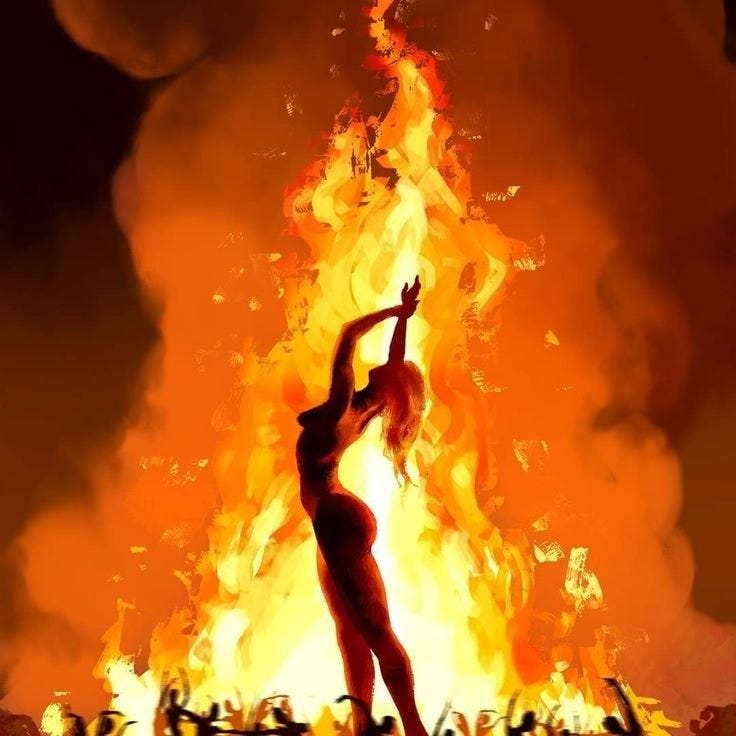




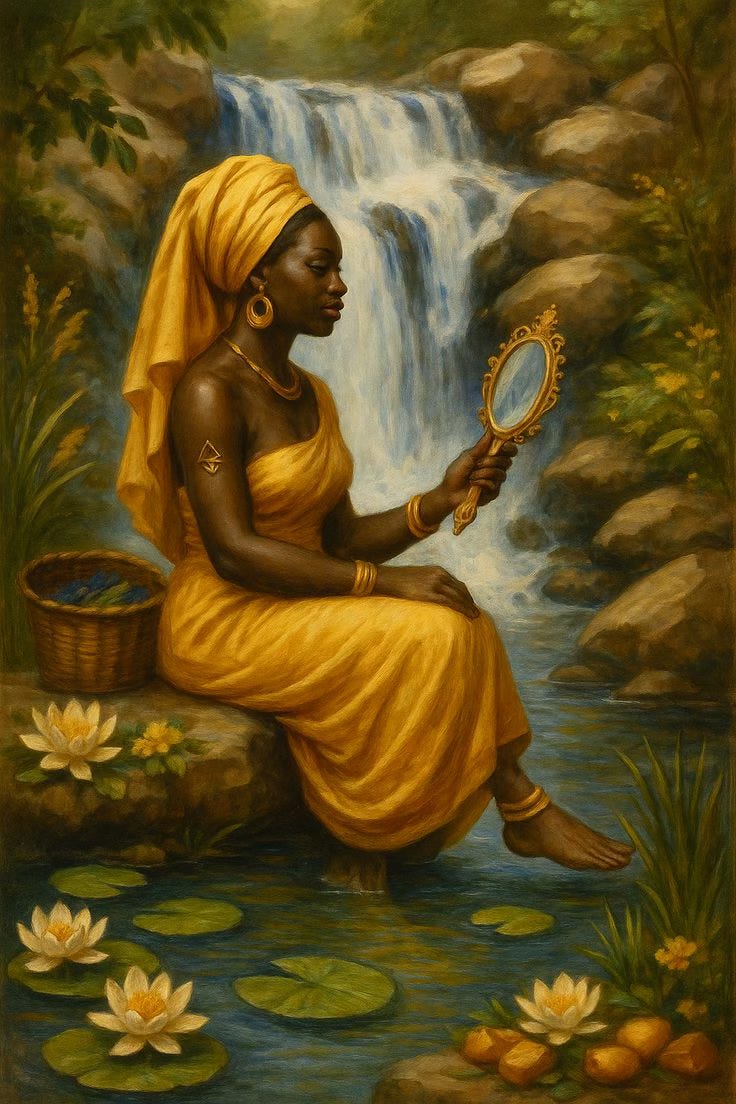
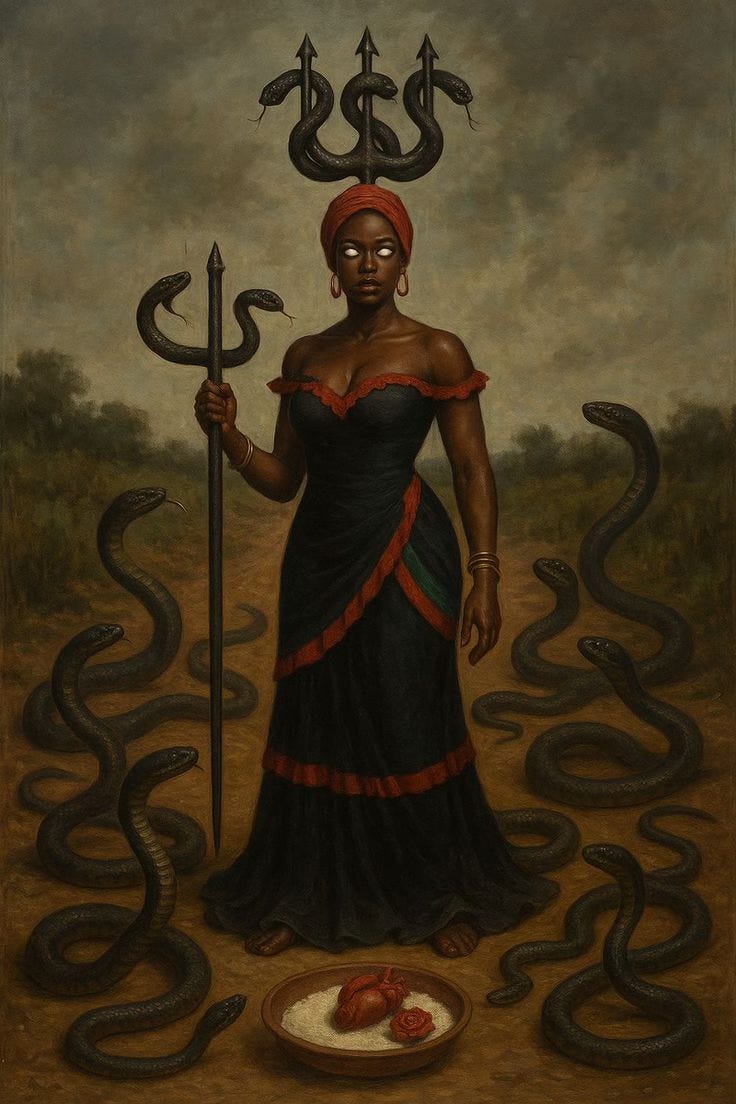

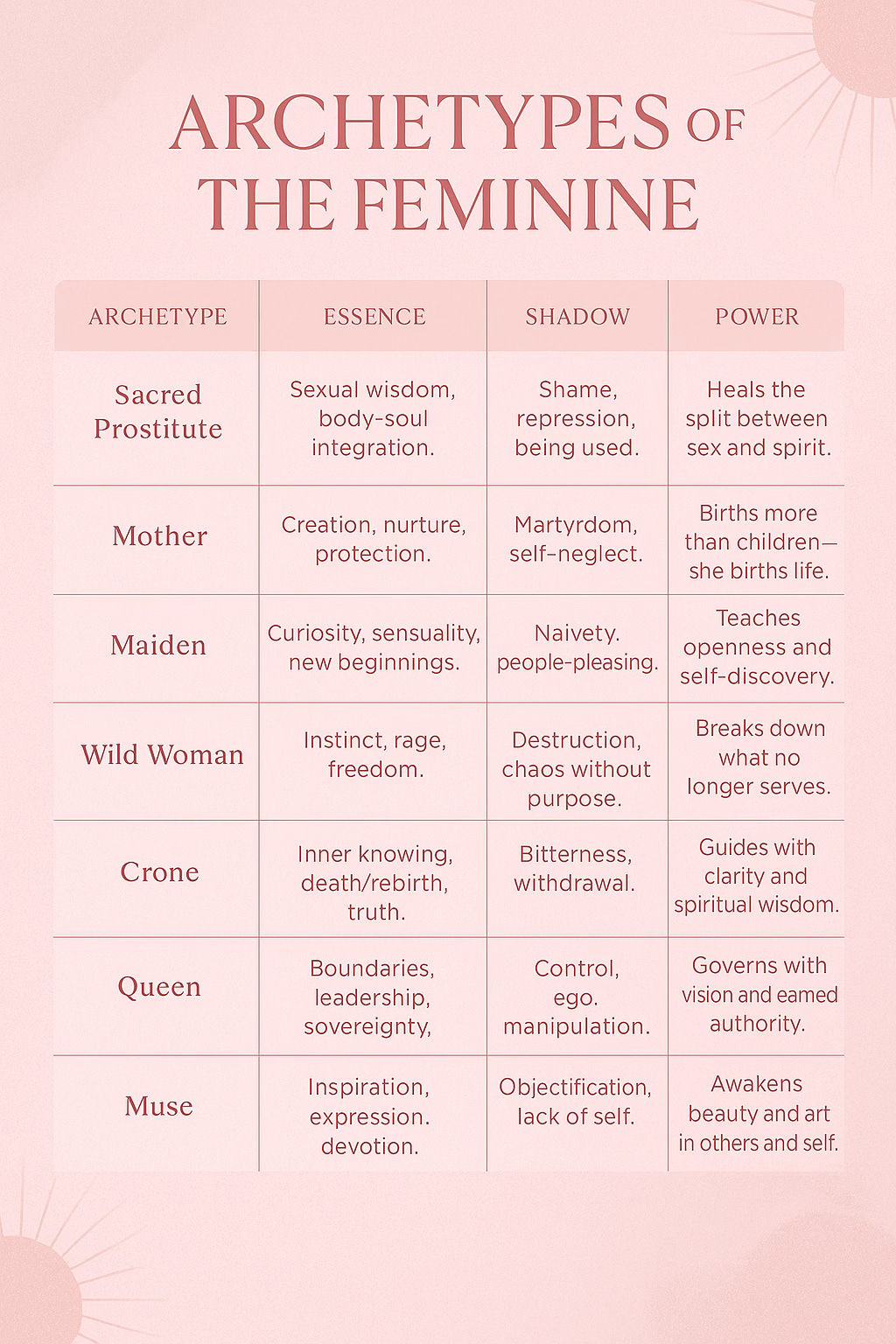
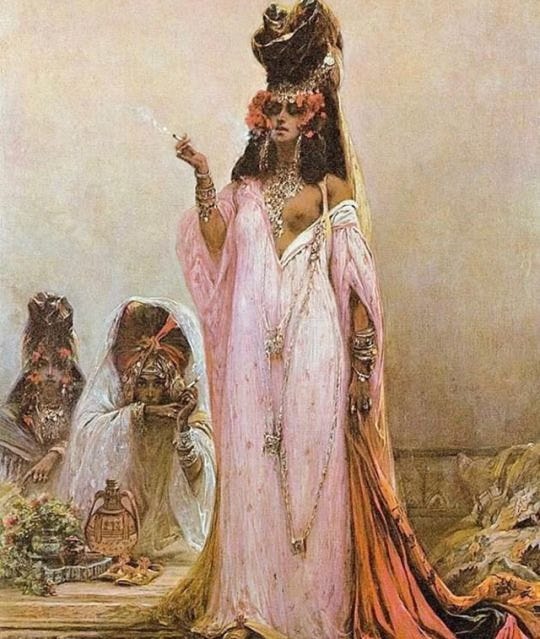

A wonderful summary of key principles to remember. Before I had my kids I have read many of the books you cited, and I really appreciated this refresher of precious knowledge which must not be forgotten.
I loved reading every word. I can’t wait to read more about this from you.